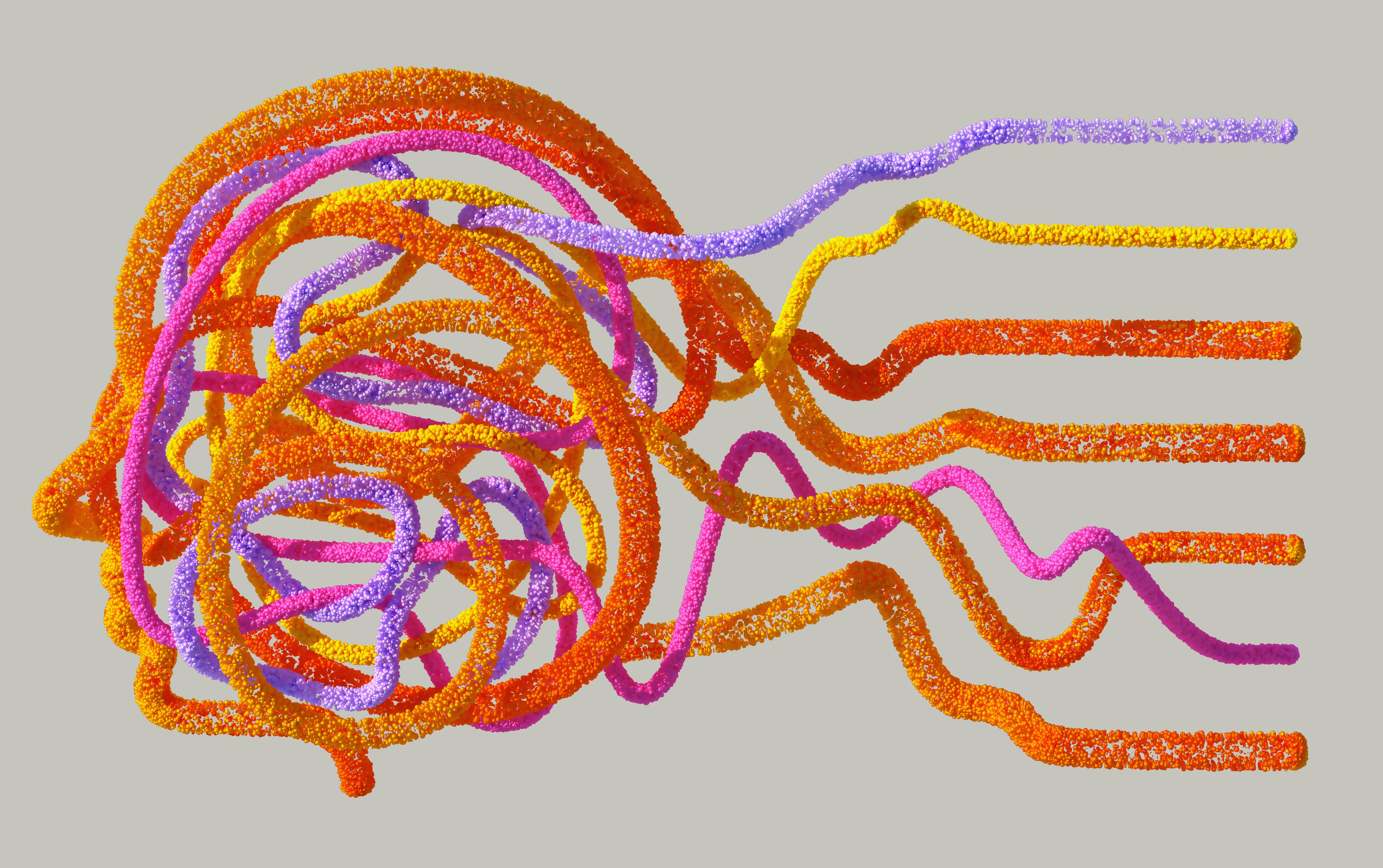AI in Design: The Moral Tightrope Between Progress and Humanity
Artificial Intelligence (AI) in design is a debate that’s burning bright right now, and for as long as there are designers and AI, it’ll keep going. But why is it so controversial? Why do people have such strong opinions over it? This discussion is more than just “people are cheating” or “being lazy.”
In this article, we’ll look at:
- The link between AI and design and how it’s meant to be used
- The fears around AI making us lazy
- The copyright and intellectual property debate
- How AI could make the creative world feel generic
- Why the choice to use AI should always be personal
AI And Design
AI has taken the world by storm. In the UK alone, adoption among businesses jumped from 39% in 2024 to 52% in 2025, according to Amazon Web Services. Of those, 92% saw increased revenue after doing so. It’s easy to see why businesses are making the move, but does it work for everyone?
Some industries, like joinery, electrics, or construction, can’t replace the physical labour with a computer. But AI could still help them with behind the scenes work like compiling receipts, doing accounts, scheduling jobs, etc.
That’s where the link to design comes in. AI wasn’t built to replace creativity, it’s a tool meant to aid it. It’s meant to make our work better, not take it away from us. For some designers, that could mean letting AI handle admin while they focus on clients. For others, it might be using AI to generate website copy if writing isn’t their skill. AI can help with the mundane, so we can focus on what we love.
The Fears
Where it gets tricky is when being a designer itself becomes “the mundane.” Humans naturally look for the easiest way to get things done, a trait that’s driven innovation but equally driven stagnation.
The Lazy Fear
Some fear AI will make us lazy or unimaginative. This debate often feels like two extremes: “AI for everything” vs. “burn the servers.” But as with most things, does the truth lie somewhere in the middle?
AI is like a hammer, it’s great for nails, not so great for screws or chopping wood. You could use it for everything, but should you? In fields like software and web development, it’s tempting to default to AI whenever you’re stuck. But there’s huge value in wrestling with a problem yourself. That's where you build skill, patience and talent.
I’m not saying “never use AI” for problem-solving. If you’re four hours into a bug, AI can be a lifeline. But its use needs balance and intention.
Copyright & Intellectual Property
One big question is whether AI-generated work can be claimed as your own intellectual property. By definition it isn’t, because it didn’t come from your own intellect, so where does ownership sit?
There’s also the frustration that AI models train on real people’s work without permission or payment. That’s a fair point. But humans take inspiration from others all the time, it’s something that is encouraged to grow. Is AI just doing the same? If it’s a blatant rip-off, that’s plagiarism, and humans are guilty of that too.
The World Becomes Generic
Low-quality AI images often share a particular look or style. Oversaturated colours, glossy sharpness, and that “too perfect” feel. Over time, this becomes its own style. The problem? If everyone uses it, individuality suffers and everybody has the same style.
Even if skilled designers apply their own style through AI, most users are those with minimal design experience, seeking quick, good-looking results. Without time spent developing a personal style, the creative world risks looking samey.
Wrapping Up
Whether or not to use AI in your business is a tough decision but it’s also a simple one. It’s not just about business benefits it’s about your values, your goals, and how you want to work.
AI is a tool and just like any tool, it’s about knowing when to pick it up and when to use something better suited. Used wisely, it can cut through the mundane and free up your time to focus on what you do best. Used incorrectly though, it can chip away at creativity and individuality.
So whatever you choose to do, stay intentional, stay creative, and above all… stay human.
The sky’s the limit.
.svg)
